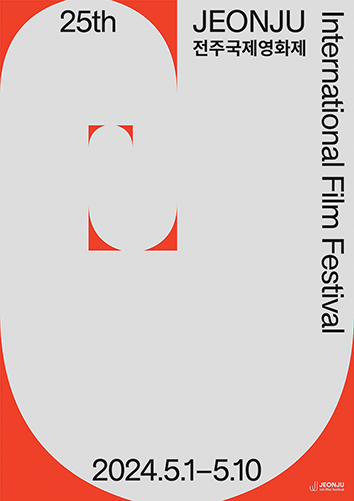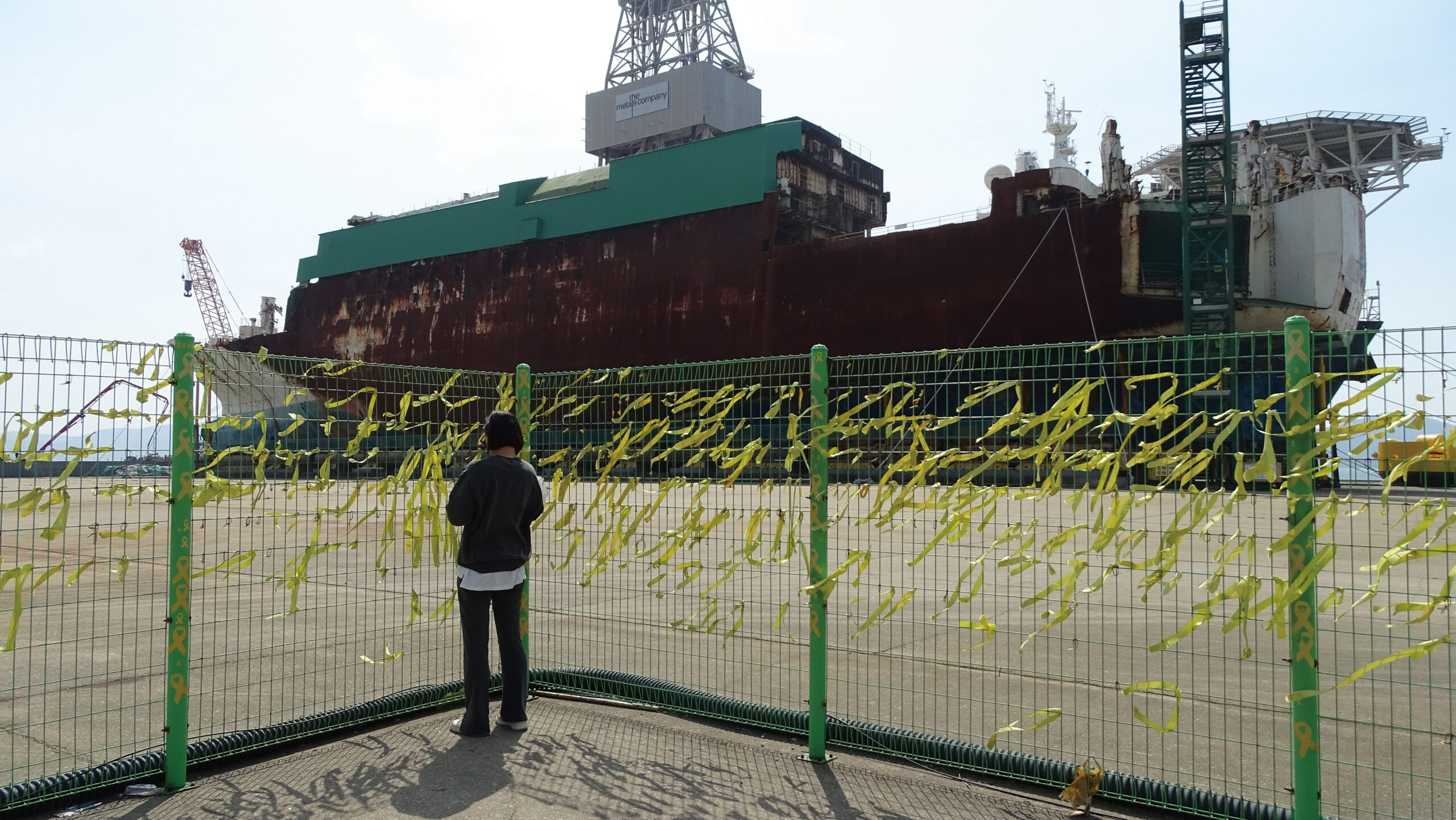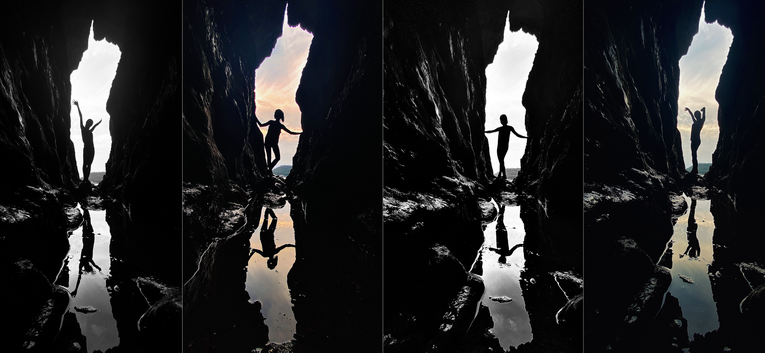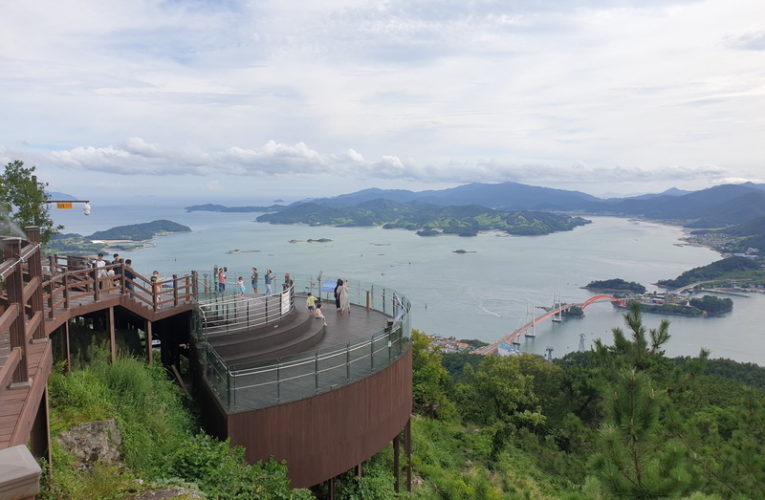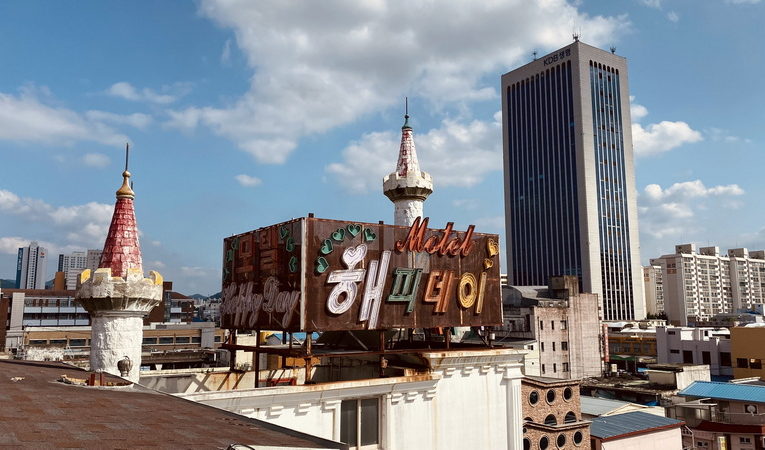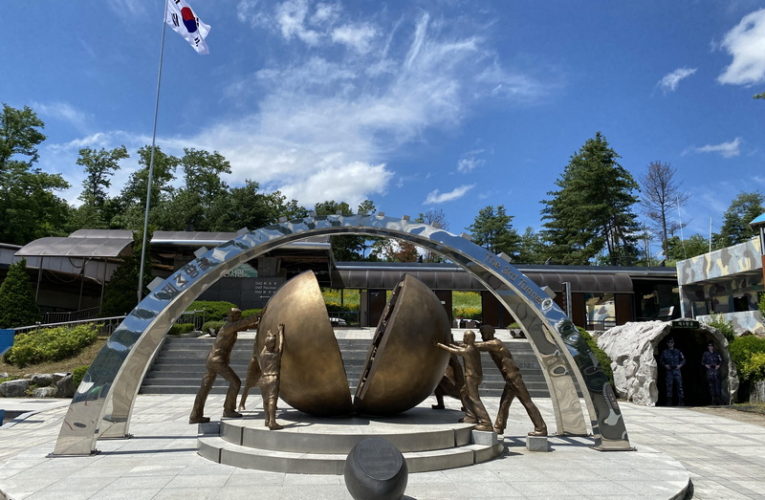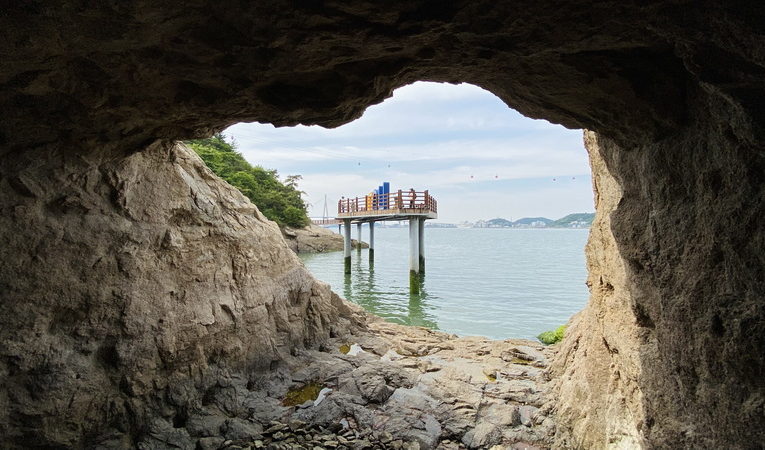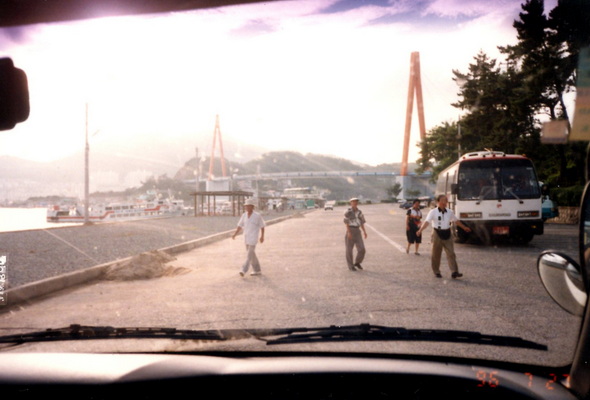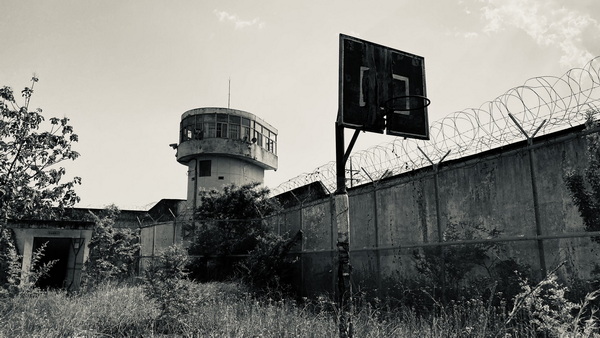Sunset Silhouettes on Imja-do
At the southernmost tip of Imja-do, where Korea’s West and South Seas make their murky acquaintance, is an excellent coastal cave called Yongnangul (용난굴). I’d wanted to see it for quite some time so, aroused from my mid-Chuseok torpor by a chance for adventure, I made the pleasant, bucolic drive to nearby Eomeori Beach with the missus to finally suss it out.




